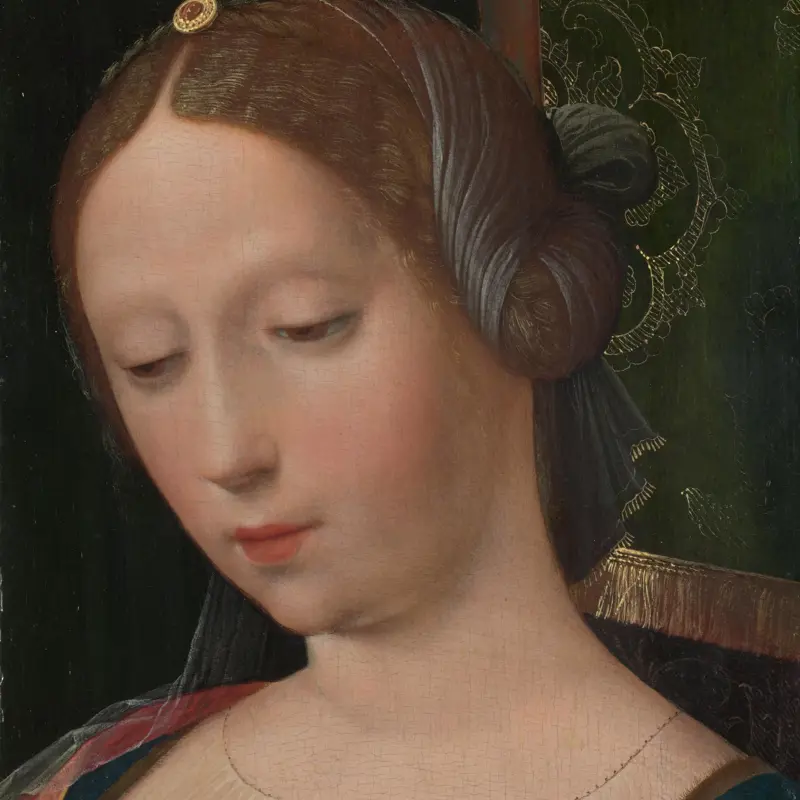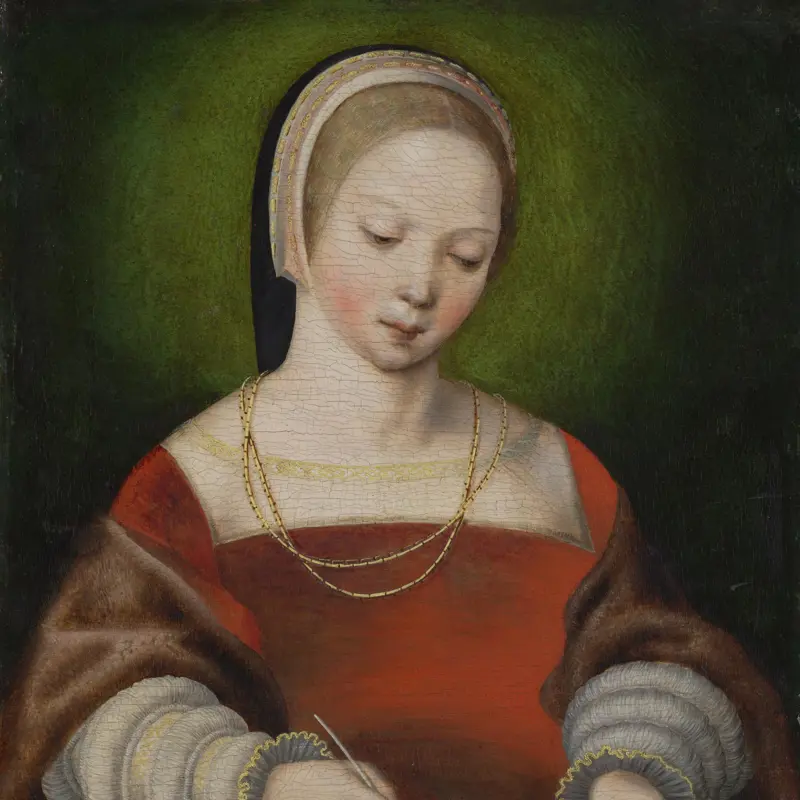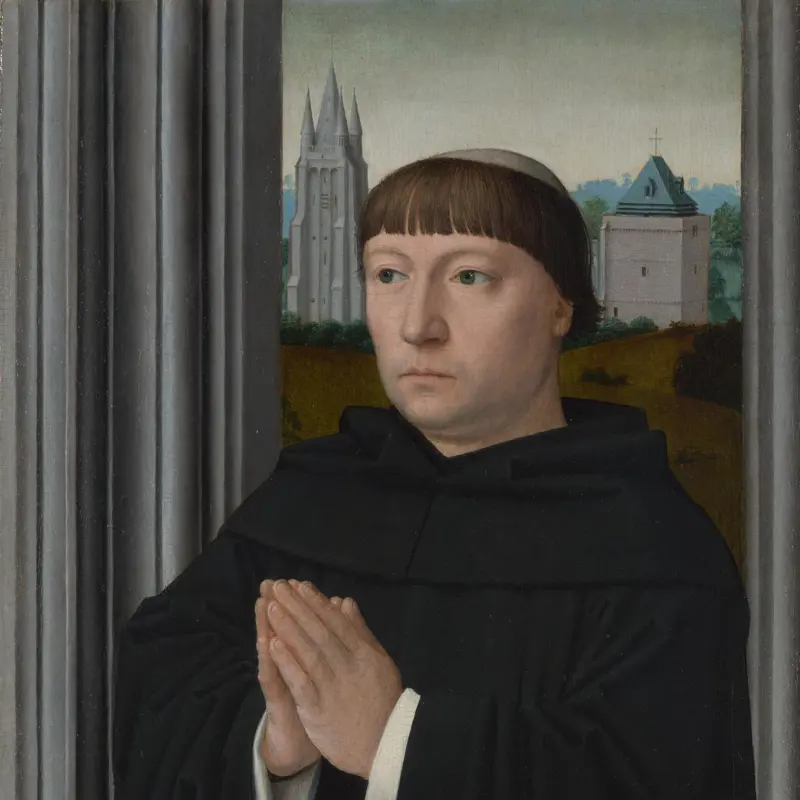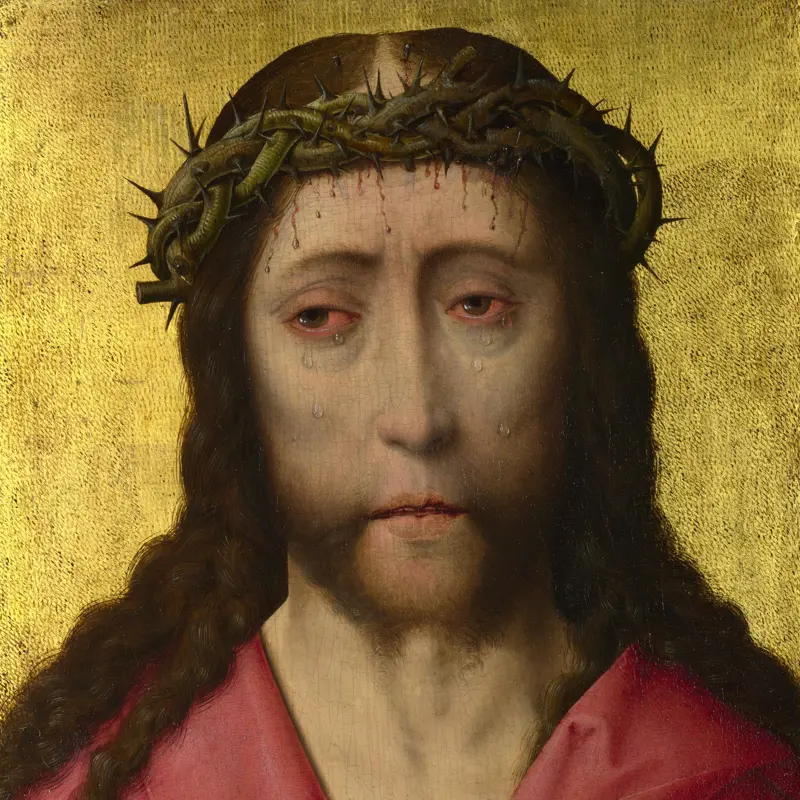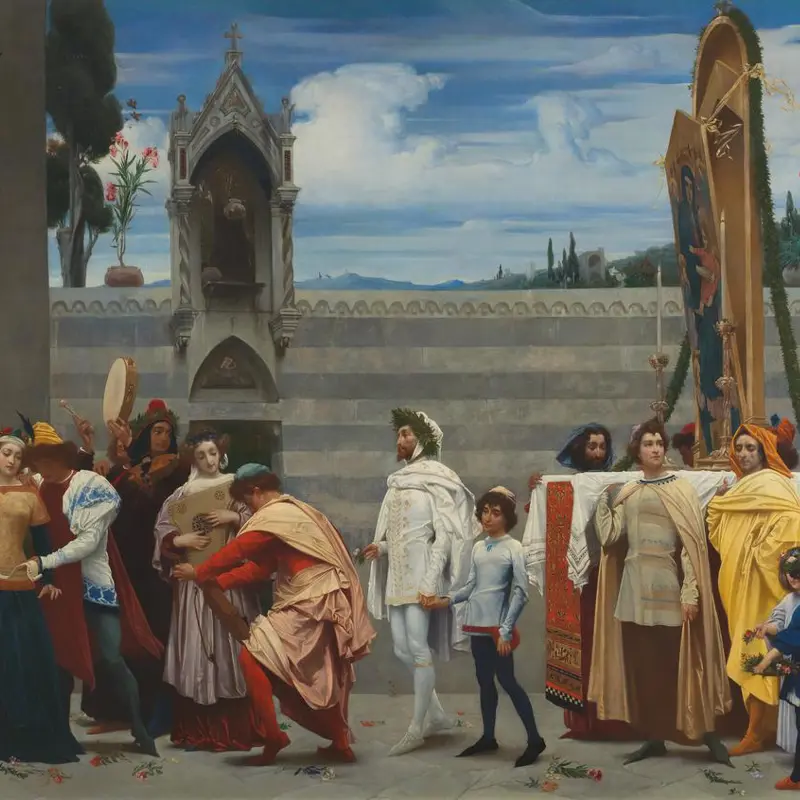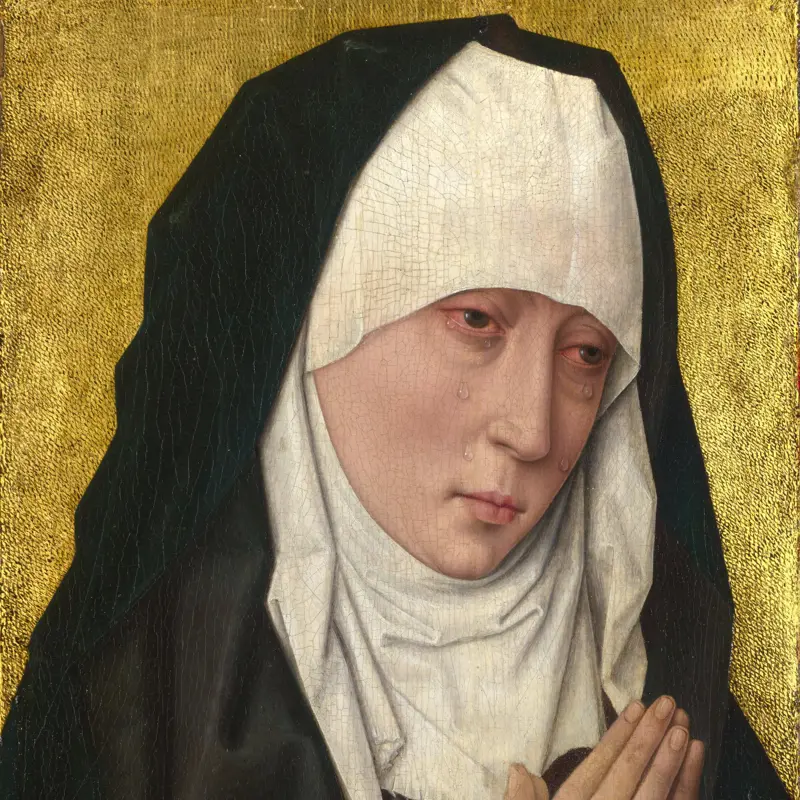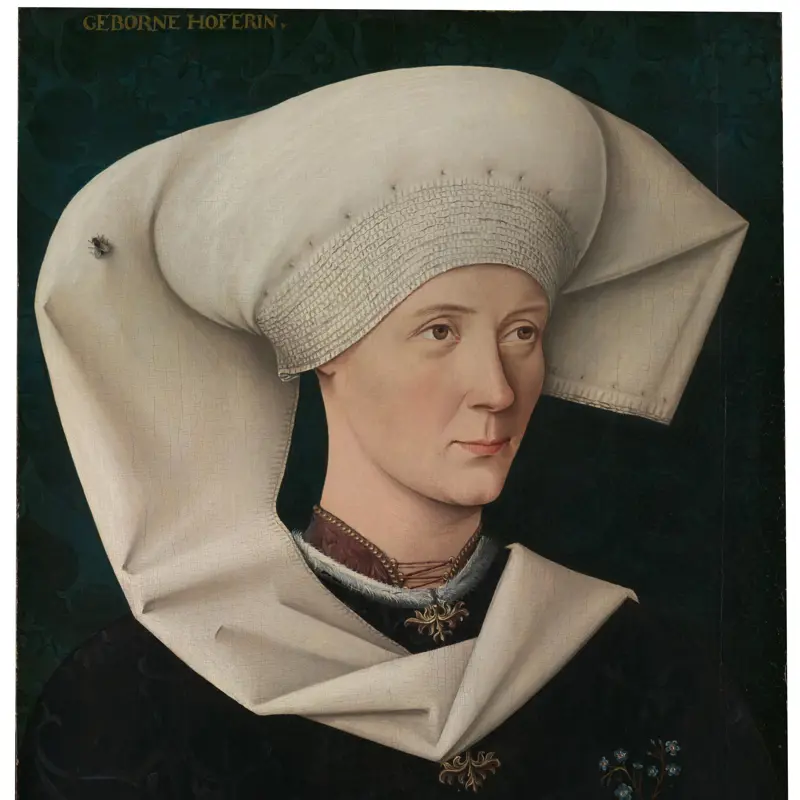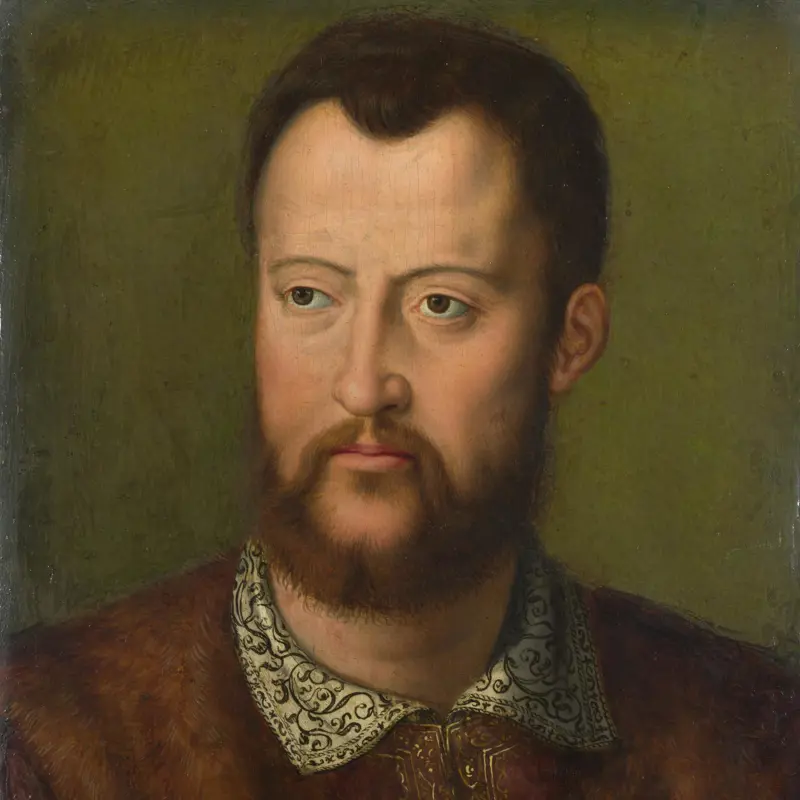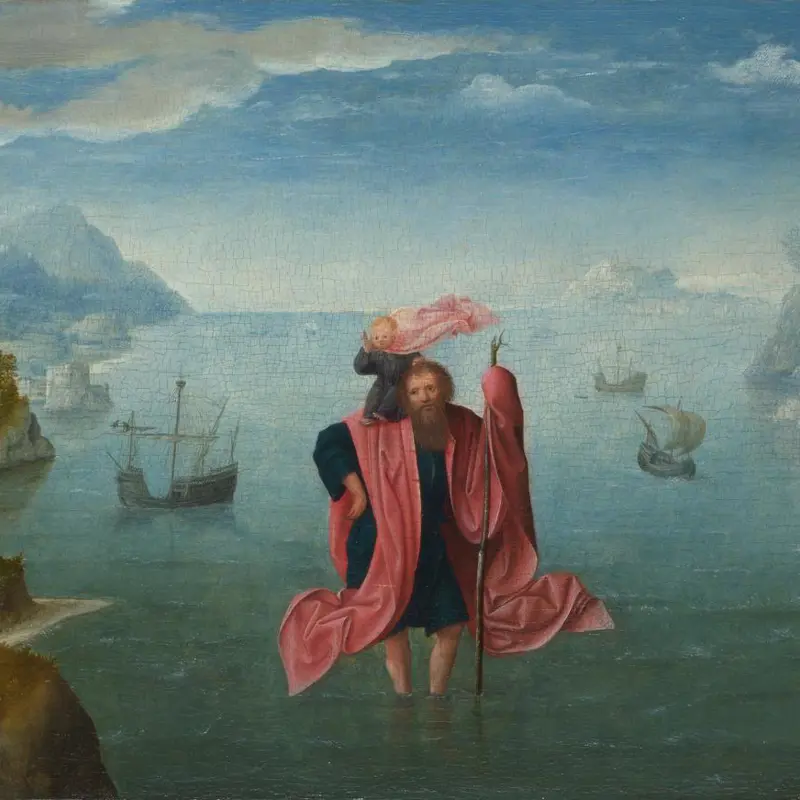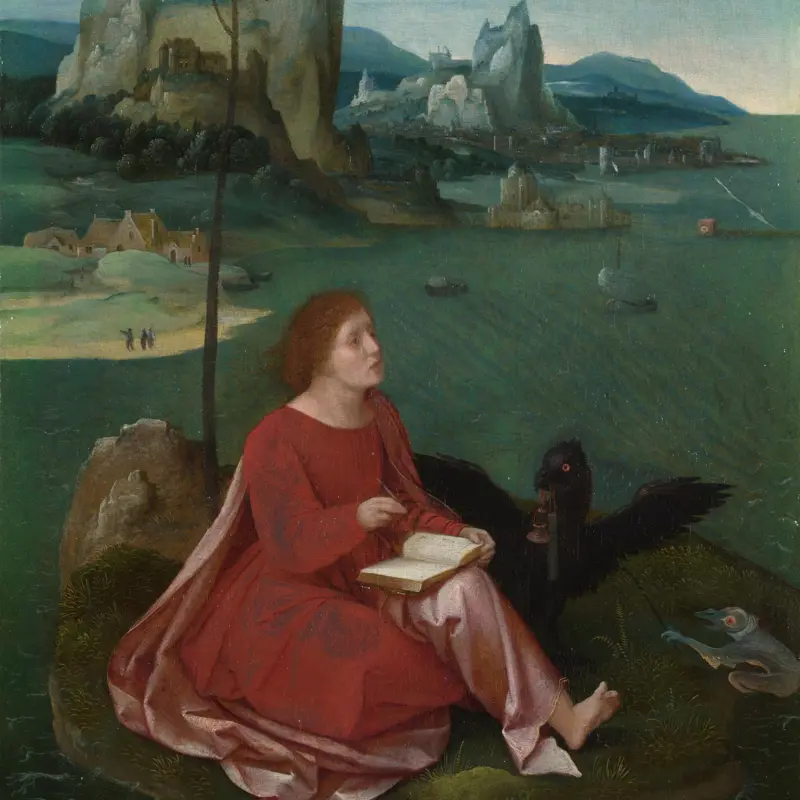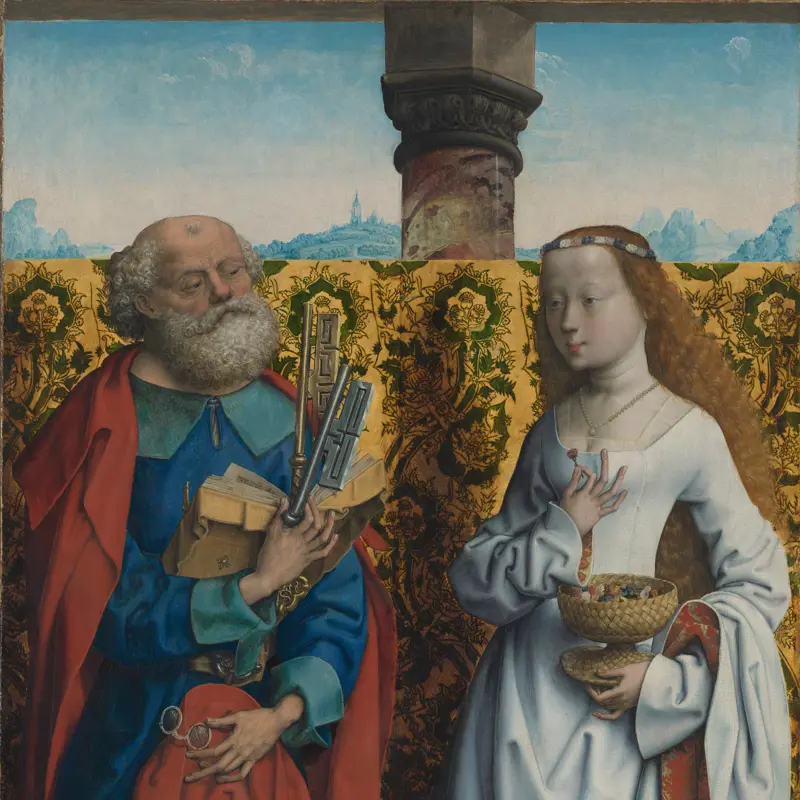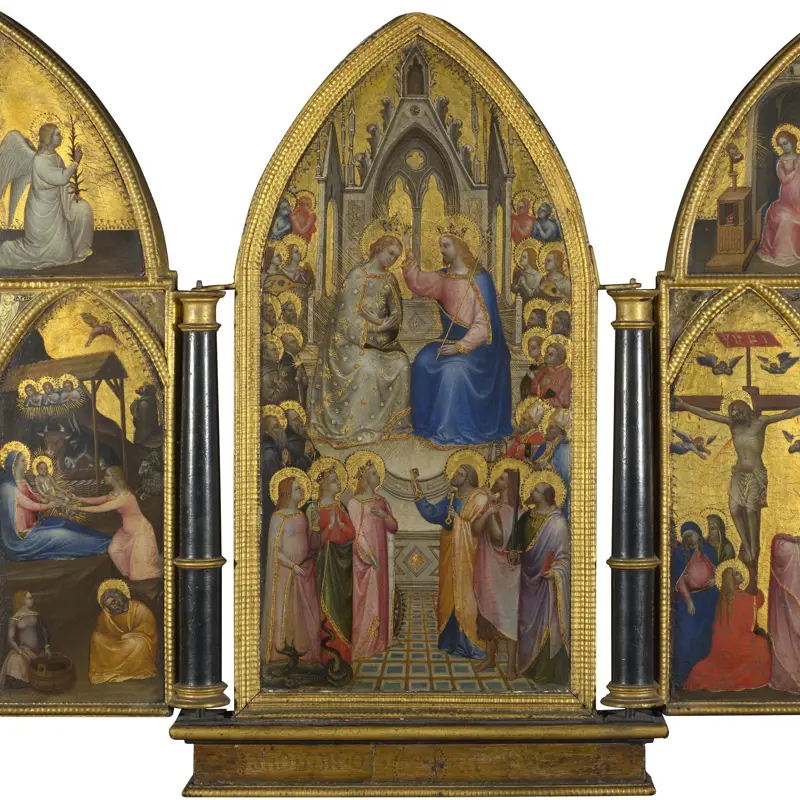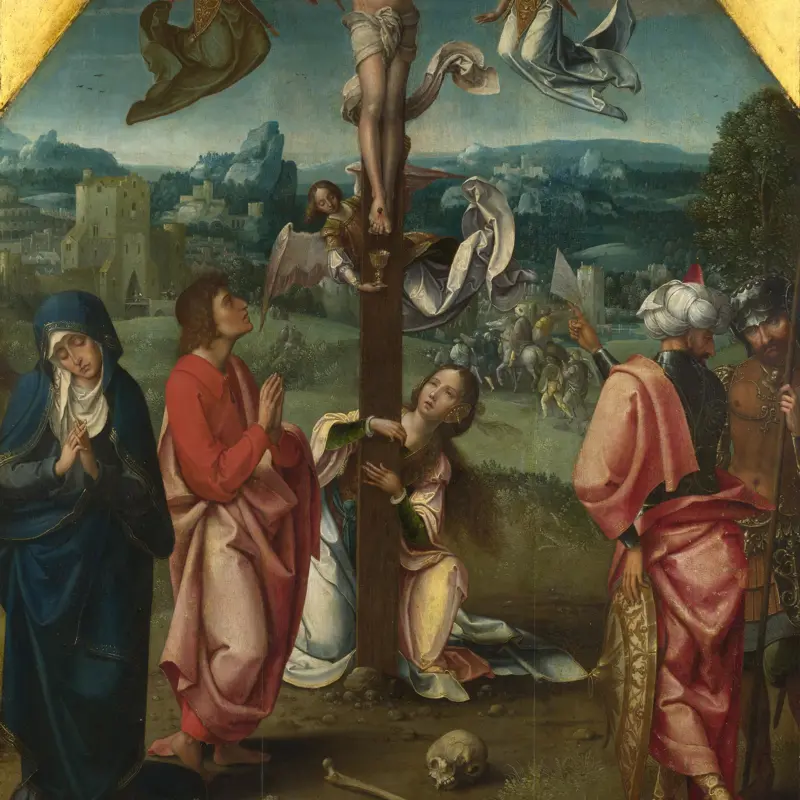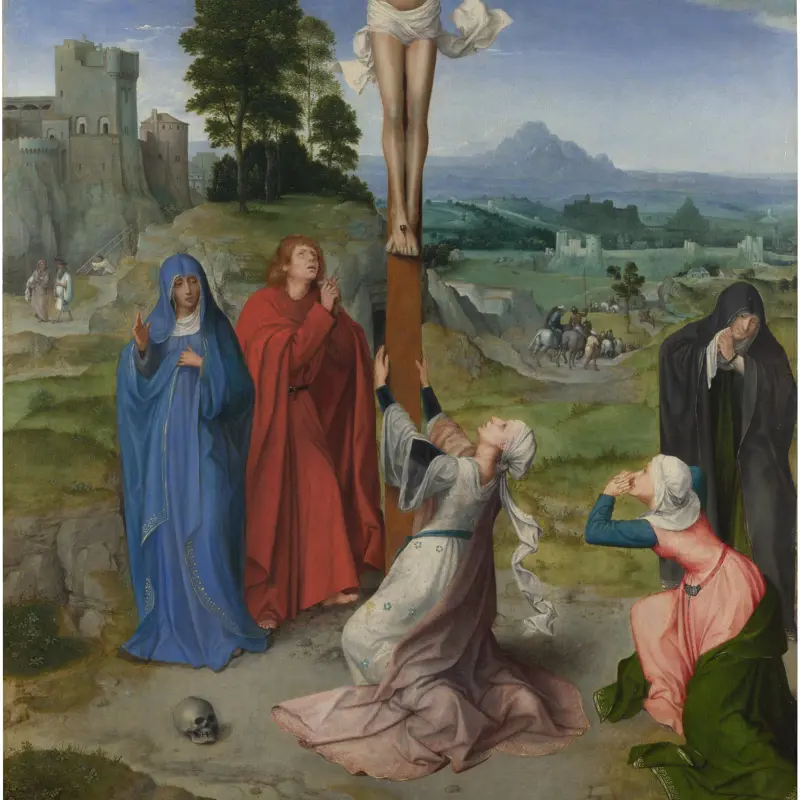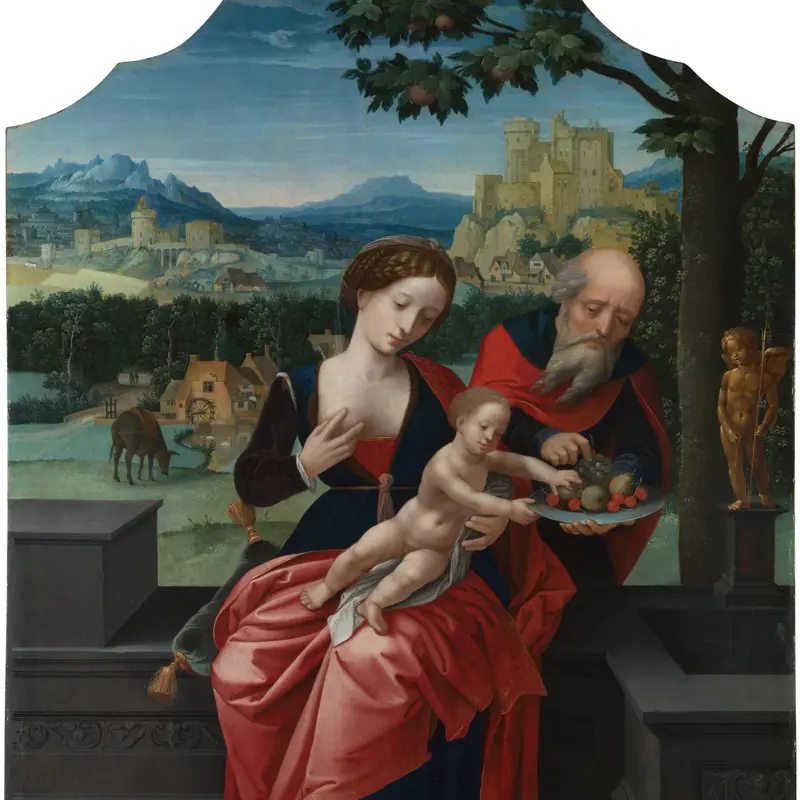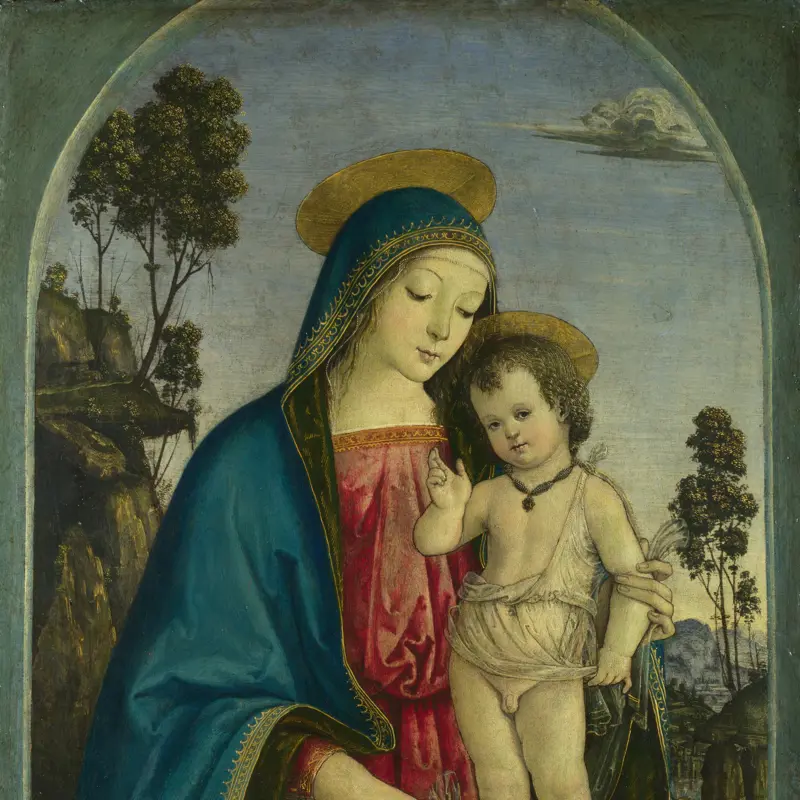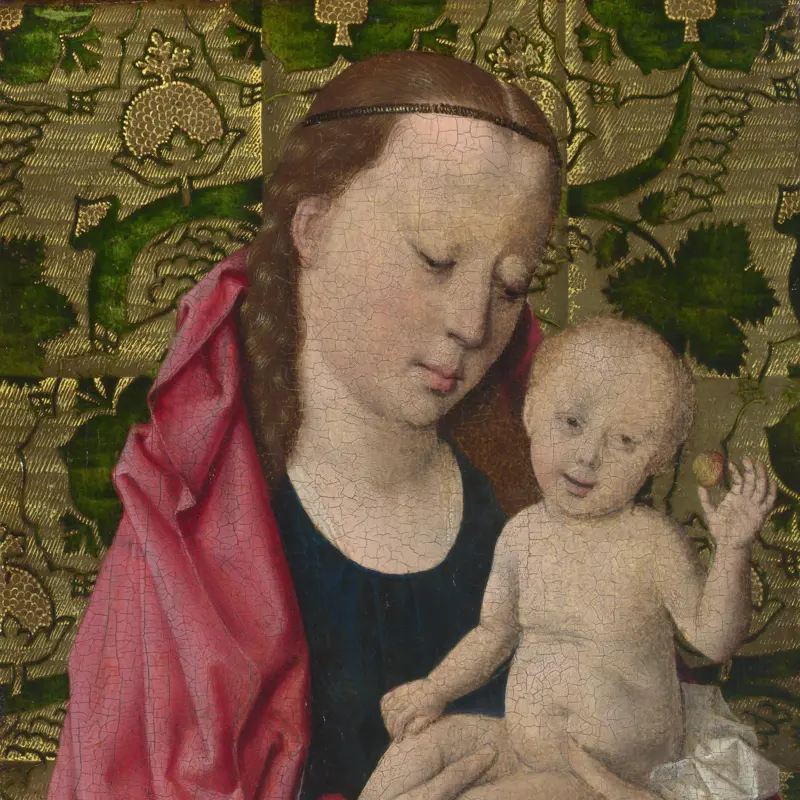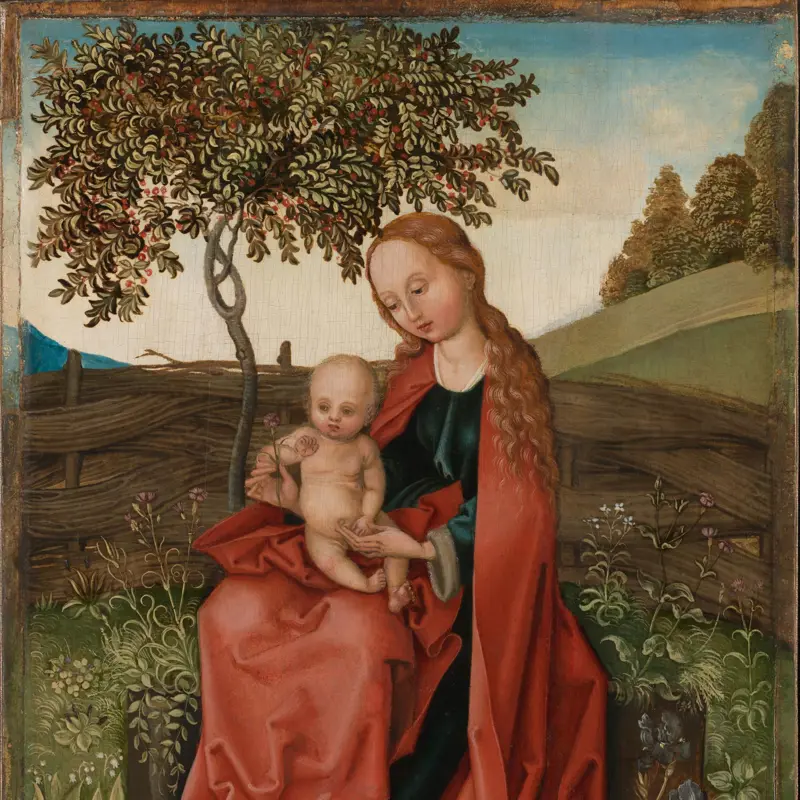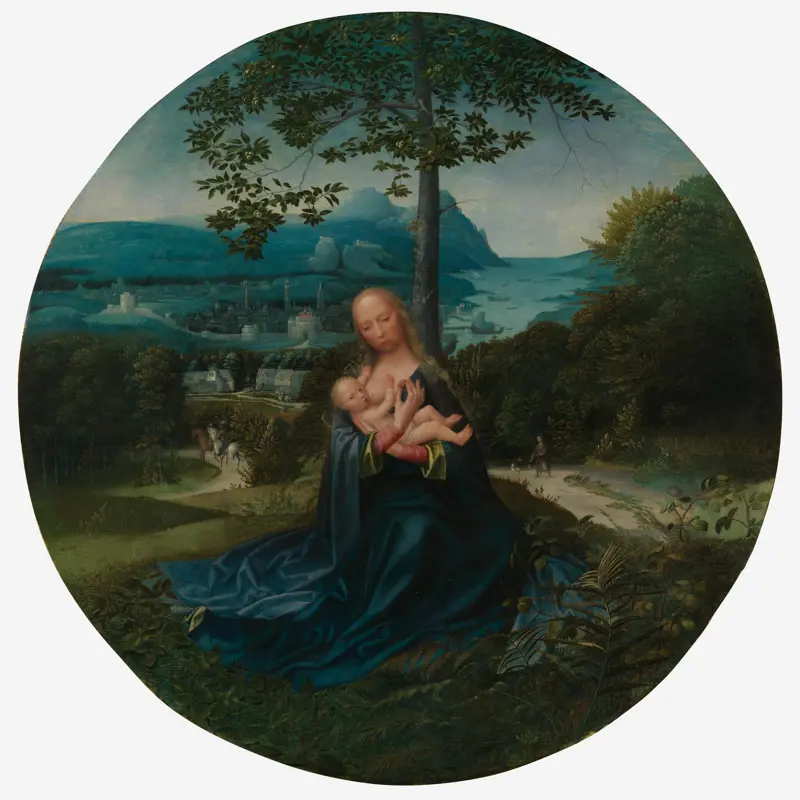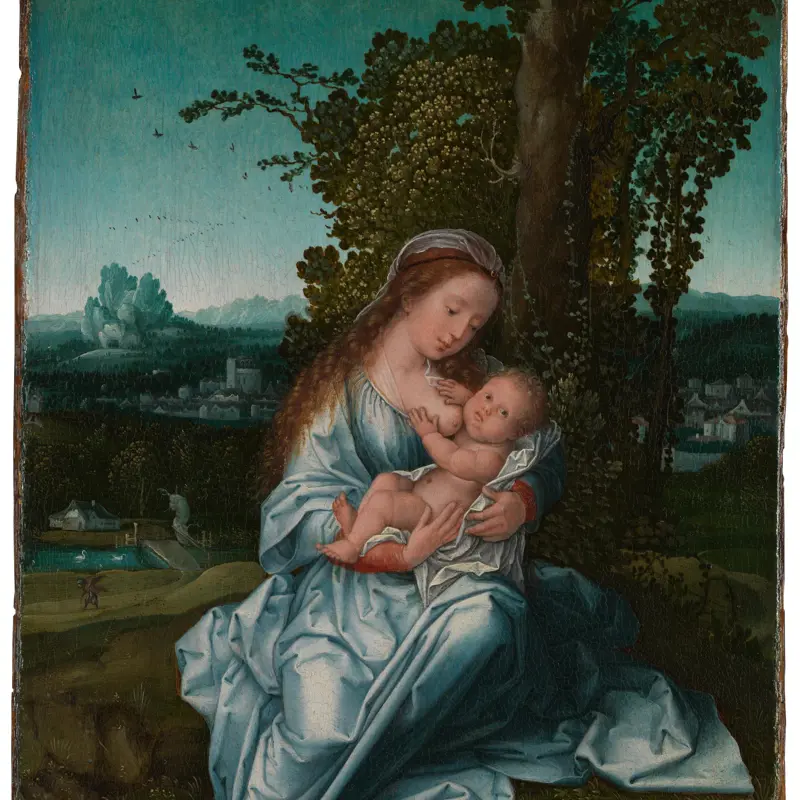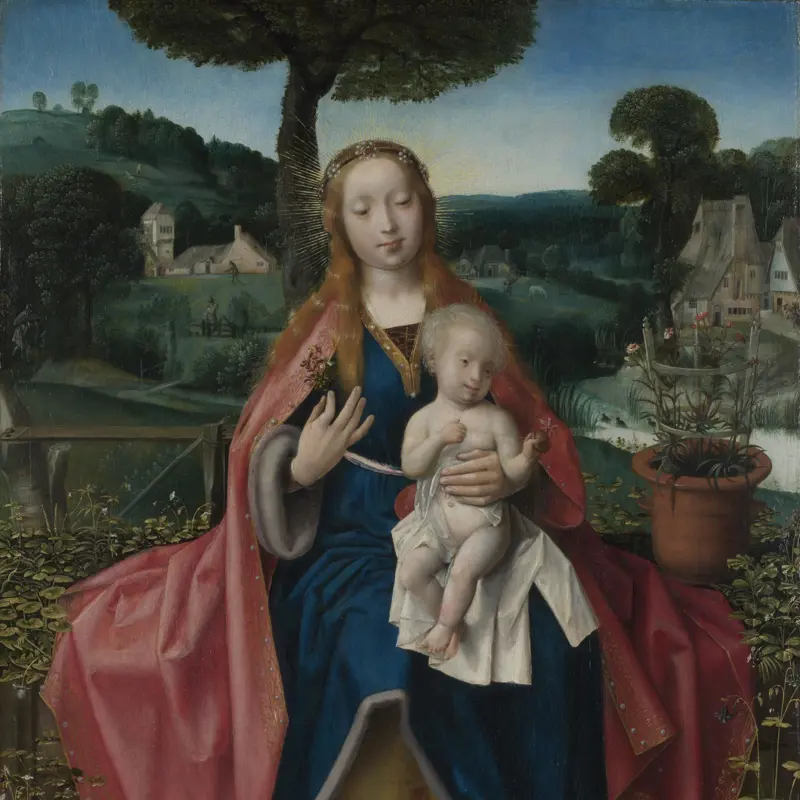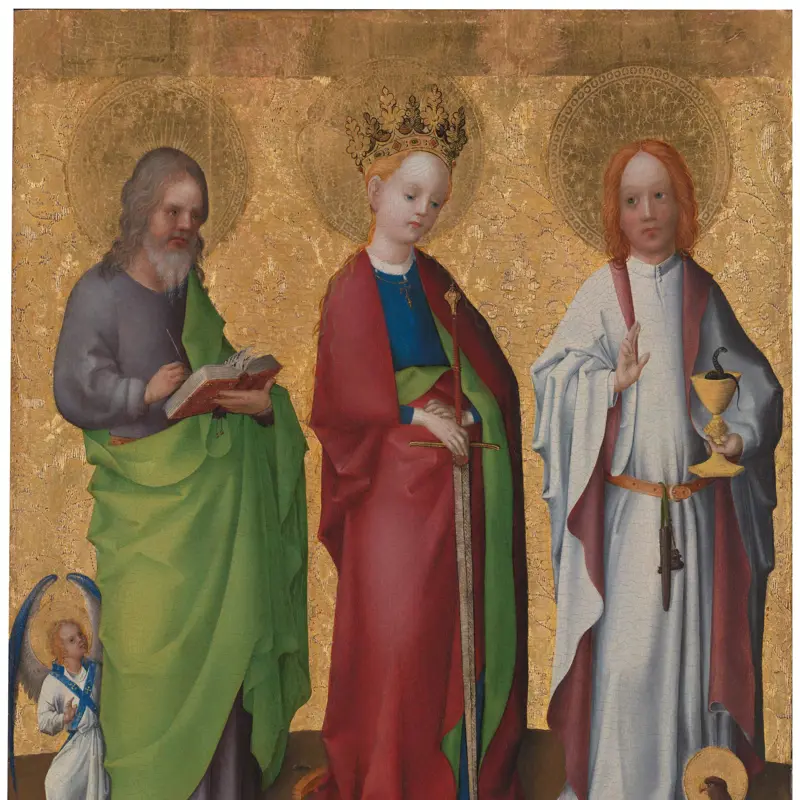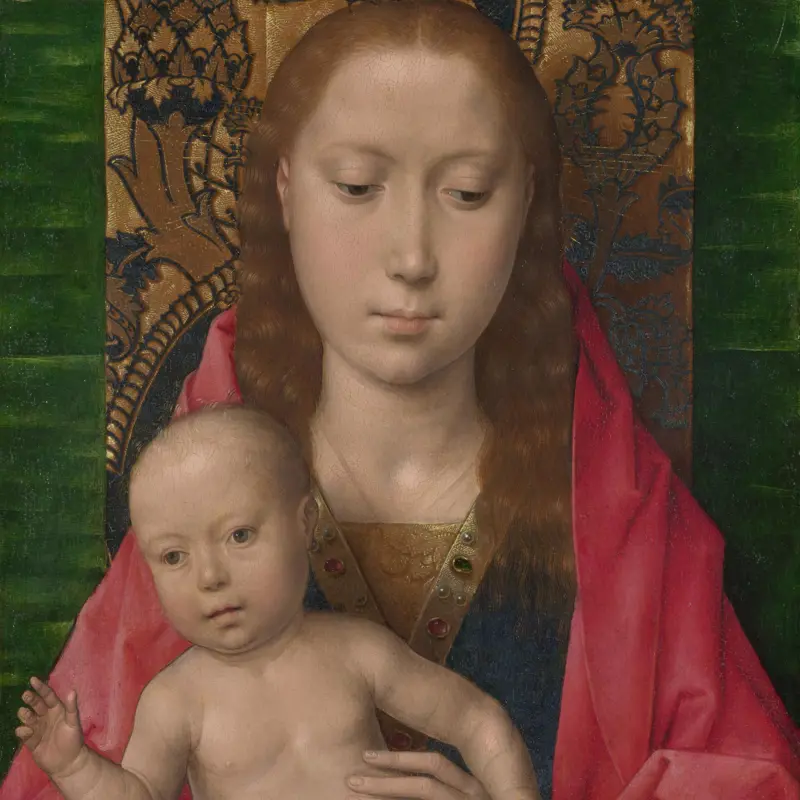Queen of the United Kingdom of Great Britain and Ireland from 20 June 1837 until her death. She adopted the additional title of Empress of India on 1 May 1876.
Victoria, Queen of the United Kingdom of Great Britain and Ireland, and Empress of India
This person is the subject of ongoing research. We have started by researching their relationship to the enslavement of people.
Biographical notes
Slavery connections
See Liz Dimock, ‘Queen Victoria, Africa and Slavery: some personal associations’, paper presented to the AFSAAP Conference 2009, The African Studies Association of Australasia and the Pacific [online], 2009, <https://afsaap.org.au/assets/Dimock.pdf> accessed 6 August 2021.
See also Caroline Bressey, ‘Contesting the political legacy of slavery in England’s country houses’, in M. Dresser and A. Hann (eds.), Slavery and the British Country House, Swindon 2013, 121-31.
Abolition connections
On 1 June 1840, Prince Albert presided over a meeting of the Society for the Extinction of the Slave Trade and the Civilisation of Africa at Exeter Hall, London, having been induced to do so ‘from a conviction of its paramount importance to the great interests of humanity and justice’ (Royal Collection Trust, RA VIC/MAIN/Z/271/1, manuscript copy of Prince Albert’s speech, <https://albert.rct.uk/collections/royal-archives/prince-alberts-official-papers/the-society-for-the> accessed 9 December 2021).
In August 1840, Thomas Fowell Buxton presented a copy of The African Slave-Trade and its Remedy to Queen Victoria and Prince Albert; Buxton had established the Society for the Extinction of the Slave Trade and for the Civilization of Africa the previous year.
In 1852, Harriet Beecher Stowe presented Queen Victoria and Prince Albert with a copy of Uncle Tom’s Cabin ‘because it concerns the great interests of humanity and from those noble & enlarged views of human progress, which she has at different times seen in his public speeches she has inferred that he has an eye & a heart for all that concerns the development & welfare of the human family’ (The Gilder Lehrman Collection, The Gilder Lehrman Institute of American History, New York, NY, letter from Harriet Beecher Stowe to Prince Albert of Saxe-Coburg and Gotha, 20 March 1852, <https://www.gilderlehrman.org/collection/glc01585> accessed 9 December 2021).
National Gallery painting connections
Donor: presented by Queen Victoria at the Prince Consort’s wish in 1863: NG701–723, NG1864. Probably presented at this same date: NG622.
Bibliography
History of Parliament Trust (ed.), The History of Parliament: British Political, Social & Local History, London 1964-, https://www.historyofparliamentonline.org/
Checked and not found
—
Item on publisher's website
H. C. G. Matthew and K. D. Reynolds, 'Victoria', in C. Matthew et al. (eds), Oxford Dictionary of National Biography, Oxford 1992-, https://doi.org/10.1093/ref:odnb/36652
Checked and found
—
Item on publisher's website
M. Stocker, 'Hanover, House of family (6) Victoria, Queen of Great Britain and Empress of India', in J. Turner et al. (eds), Grove Art Online, Oxford 1998-, https://doi.org/10.1093/gao/9781884446054.article.T036515
Checked and found
—
Item on publisher's website
UCL Department of History (ed.), Legacies of British Slave-ownership, London 2020, https://www.ucl.ac.uk/lbs/
Checked and not found
—
Item on publisher's website

